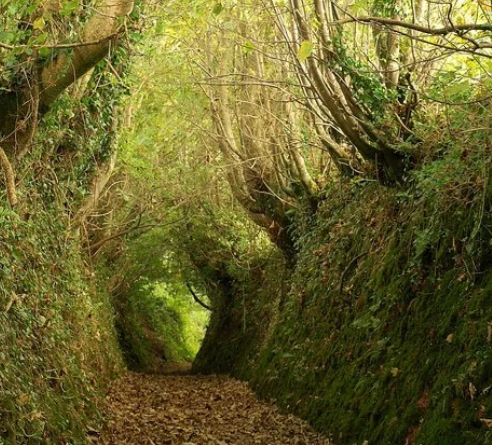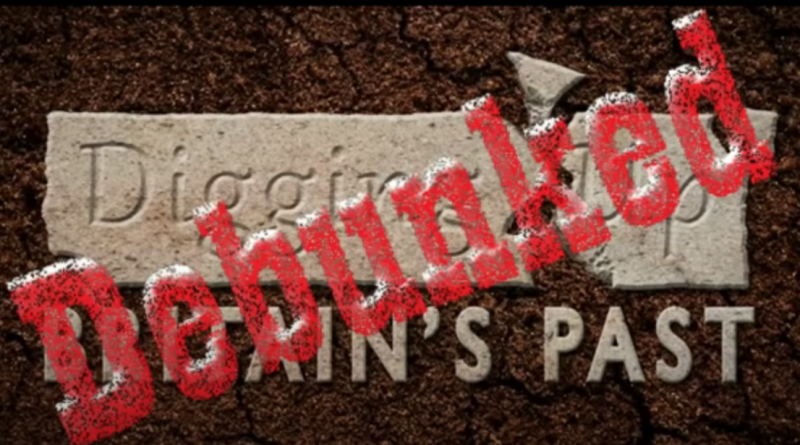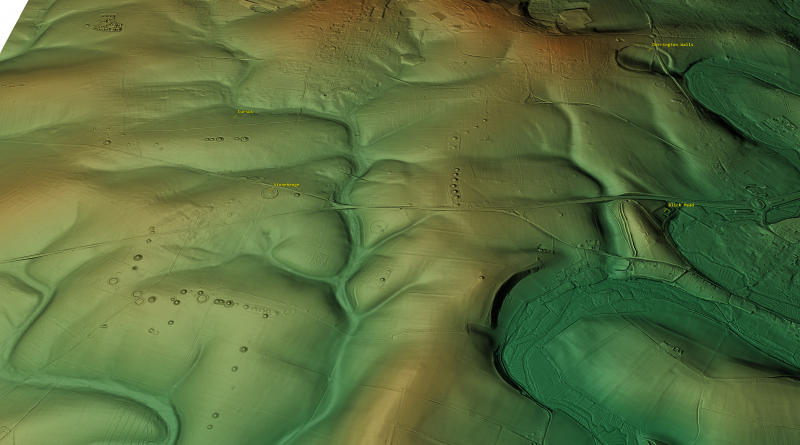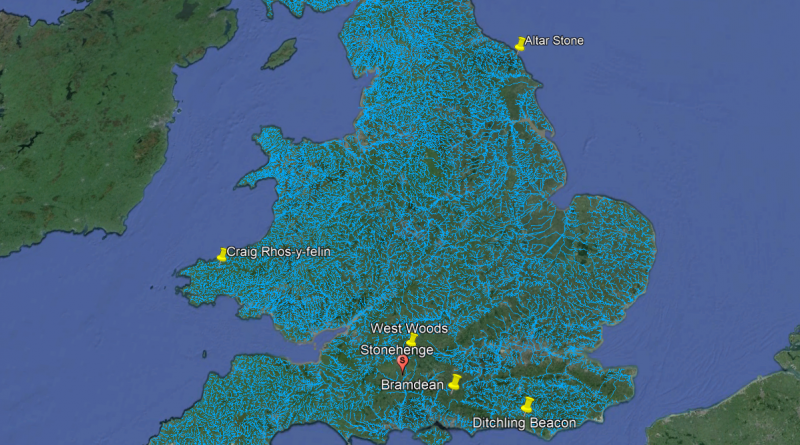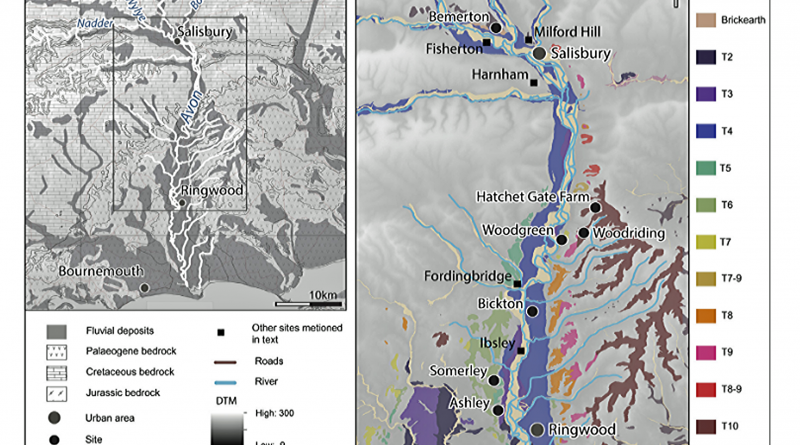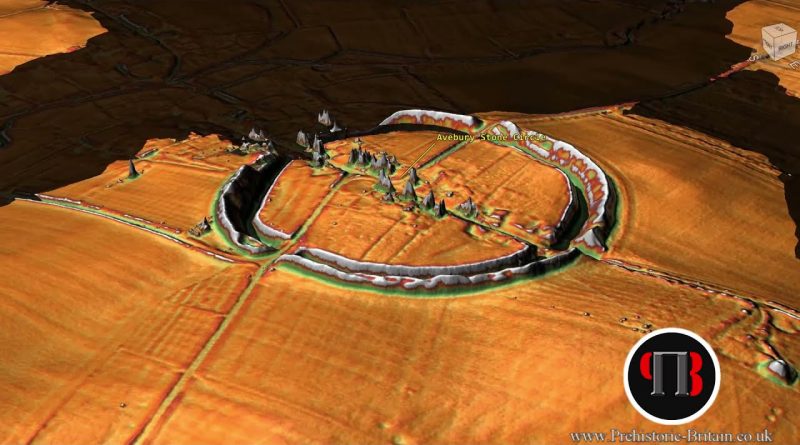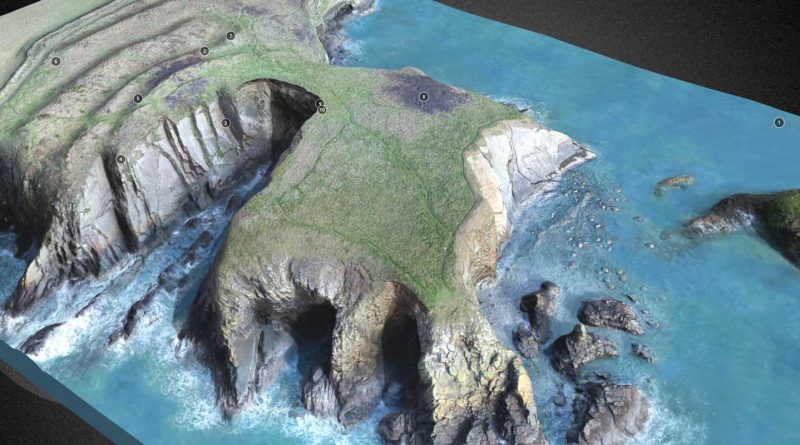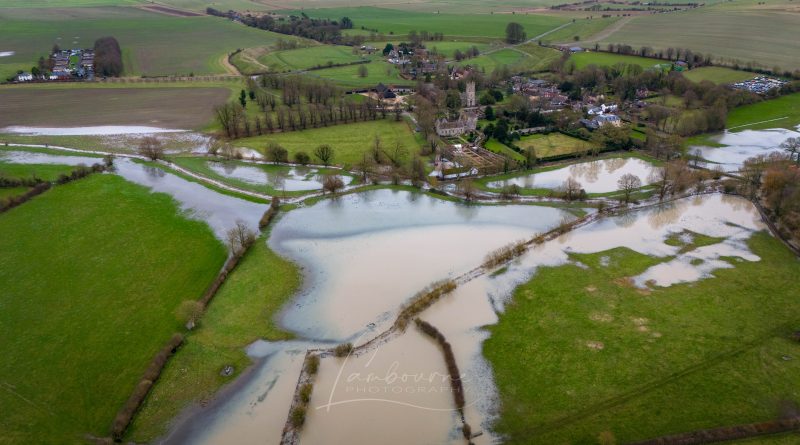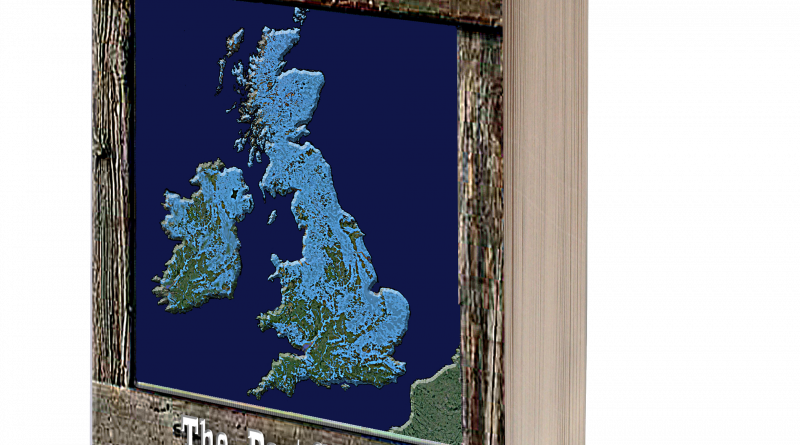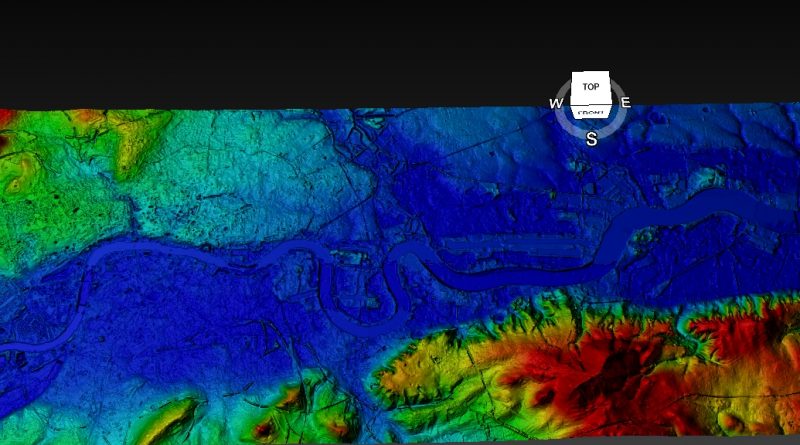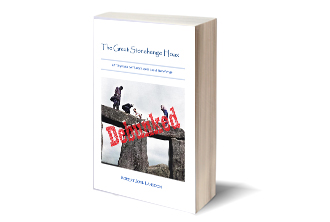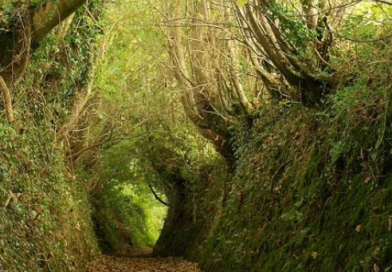
LiDAR Investigations

London – The Thames through time
This is a journey through time looking at the prehistoric London (The Thames) through time Landscape based on the book
The Post Glacial Flooding Hypothesis

Landscape Transformation (raised river levels)
Landscape Transformation (raised river levels)
Dawn of the Lost Civilisation

New Home Land – for Homo Superior
Extract from the book: Dawn of the Lost Civilisation (New Home Land – for Homo Superior) When Homo Superior travelled
The Stonehenge Enigma
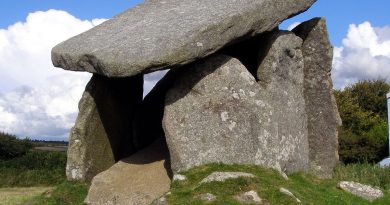
The Dolmen and Long Barrow Connection
Extract from the book: The Stonehenge Enigma Palisade and Excarnation connection with Dolmen and Long Barrows This was the conclusion
LiDAR Surveys
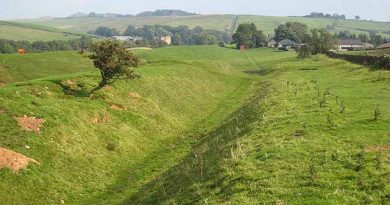
The Great Hadrian’s Wall Hoax
The Vallum was not built by the Roman’s but is a Reused Prehistoric Dyke – The Great Hadrian’s Wall Hoax
